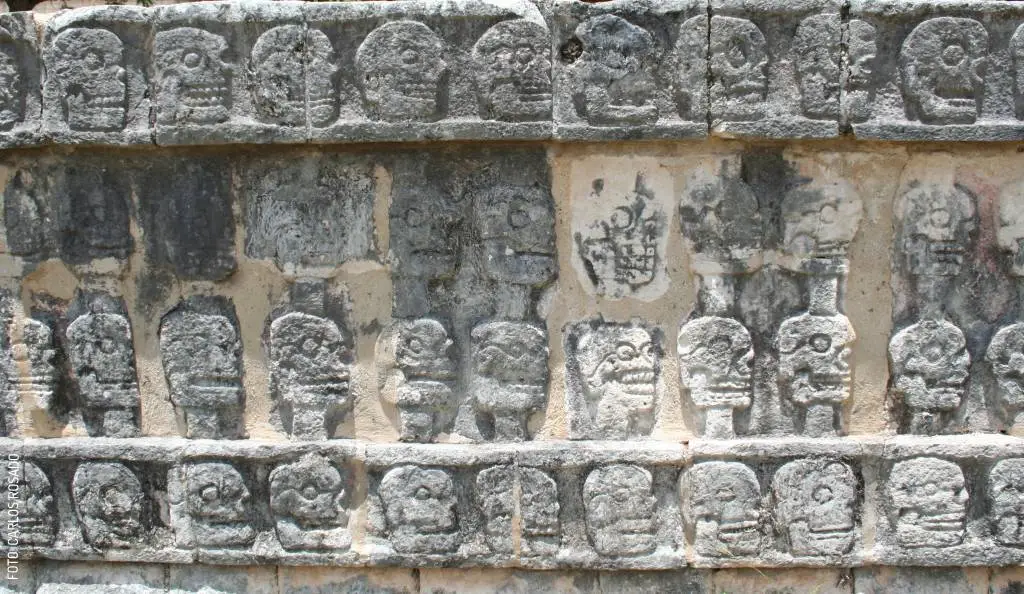When you think of death, you may not immediately think of beautiful trees or the lovely crystal-clear waters of Yucatán’s Cenotes. For the ancient Maya, however, the cycle of death, renewal, and rebirth could be seen everywhere. In the same way that fields required scorching before new crops could grow, the bodies of men would need to perish so that new generations could come into their own. Now, what exactly did the Maya believe happened to people after they abandoned their physical bodies and the terrestrial plane?
The Maya thought of the universe as being represented by a sacred Yaxché or Ceiba tree. Each section of this great tree was associated with a different realm. The highest branches being the home of the noble gods, the base of the tree representing the terrestrial plane; and its roots, the underworld or Xibalbá. Though the way each person lived his or her life was generally understood to influence the destination of their soul after death, it is important to not read too much into this idea, as the concept of the afterlife as a reward or punishment is not made explicit in Maya cosmology.
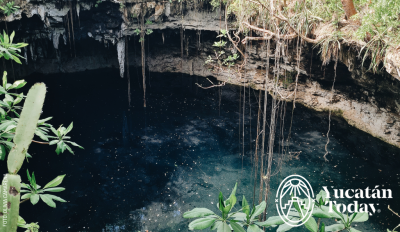 The realm of Xibalbá was governed by a powerful god known as Ah Puch who was also understood to be the personification of death. But it would be a mistake to project contemporary ideas about evil and torment directly onto Ah Puch: for the Maya, Xibalbá was as central to the order of the universe as were the heavens.
The realm of Xibalbá was governed by a powerful god known as Ah Puch who was also understood to be the personification of death. But it would be a mistake to project contemporary ideas about evil and torment directly onto Ah Puch: for the Maya, Xibalbá was as central to the order of the universe as were the heavens.
For example, even though cenotes were believed to be gateways to Xibalbá, they were also the main source of water for the Maya of Yucatán – and as we well know, without water there can be no life. While nowadays we visit them for fun, we should also keep in mind that each of the cenotes in Yucatán was (and still is) considered a sacred place.
The Maya of the Yucatán Península also built great temples with entire façades depicting a creature known as the Monster of the Earth. This monster, with piercing eyes and powerful teeth, is depicted with an open mouth which serves as the entrance to a temple or chamber. At the archaeological site of Ek Balam near Valladolid, it is possible to see an example of one of these great Monsters of the Earth. But you will notice that surrounding the “beast” are richly dressed and adorned individuals (likely noble ancestors), some of whom seem to be sporting what appear to be wings. Hardly a scene of terror.

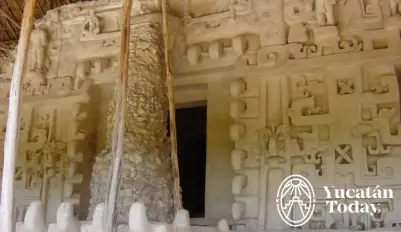
Iconography making reference to the sky god Itzamná is also commonly found on Monster of the Earth façades as well as the mouths of caves and cenotes, hinting at the fact that these two seemingly opposing concepts are not really in conflict at all. But just like people today, even though the Maya understood that death was a part of life, it did not mean that they openly invited it.
Animals such as owls and bats and especially jaguars were also closely associated with the night and underworld and commanded both great respect and devotion. But no animal better represents the Maya’s conception of life and death better than the snake or Kaan. Though snakes were seen as terrestrial creatures who slithered along the ground, they were also often represented in Xibalbá or soaring through the skies in the form of the great feathered serpent Kukulkán.
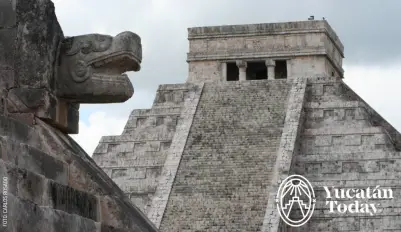
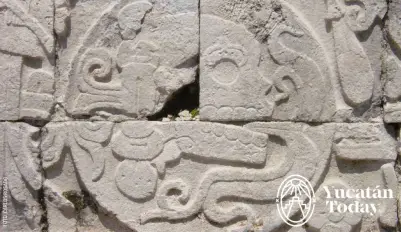

Author: Carlos Rosado R
Coming from a Mexican/Canadian family, Carlos Rosado is an adventure travel guide, blogger, and photographer with studies in Multimedia, Philosophy, and Translation.
¡Receive the latest articles and much more from the best of Yucatán in your email!
Related articles

Janal Pixan Altars
How to Assemble your Altars for Hanal Pixan or Day Of the Dead with everything you need and the symbols of it all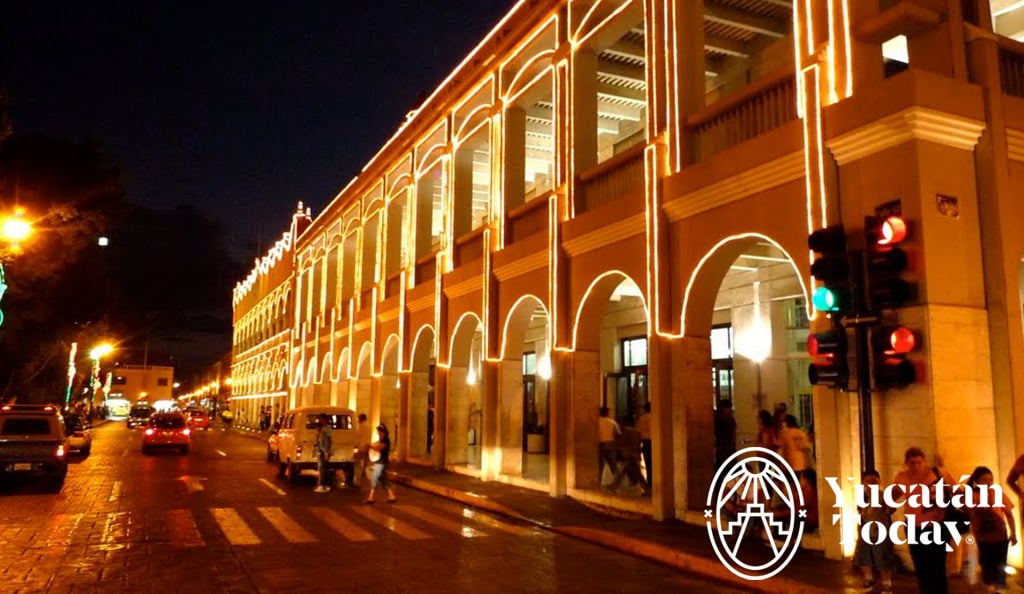
Centro Histórico de Mérida
Explore the rich colonial influence of Mérida's historic center with iconic landmarks like the Palacio de Gobierno and Catedral de San Ildefonso.


